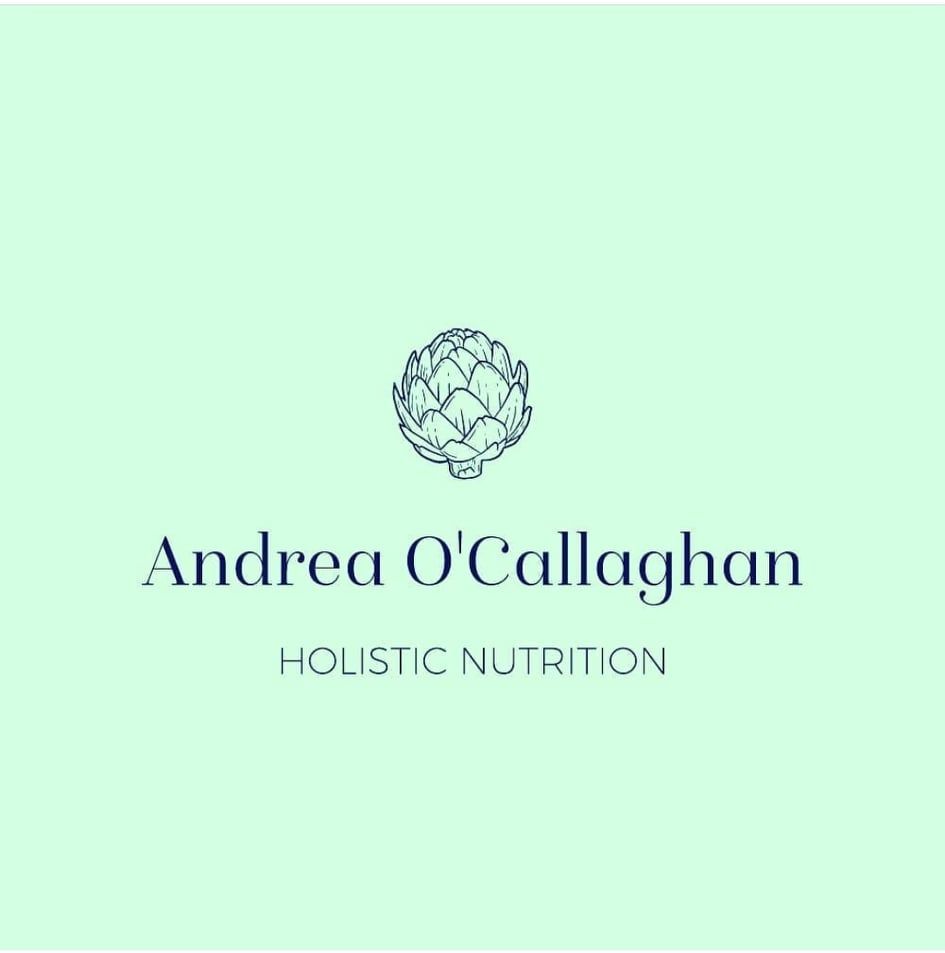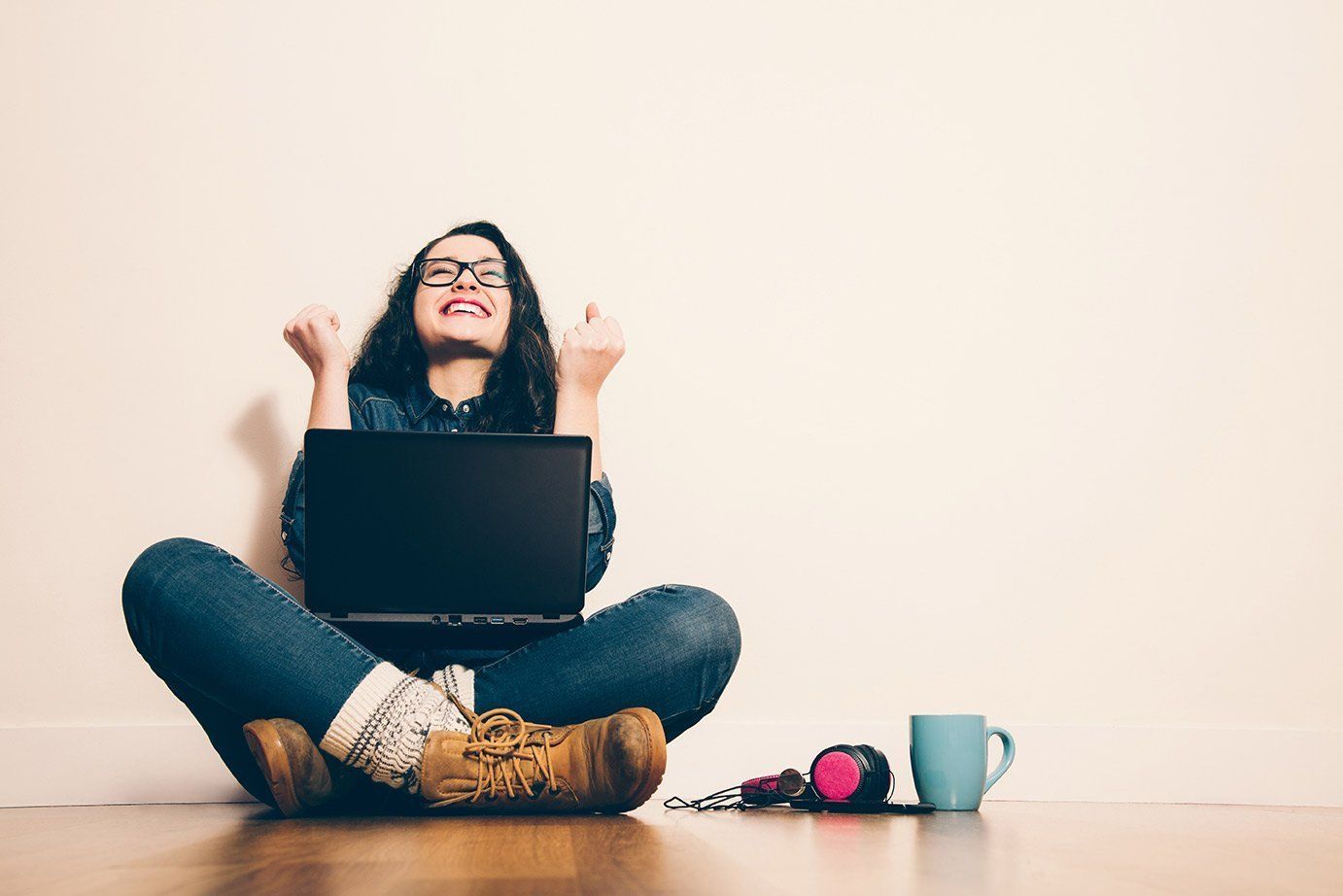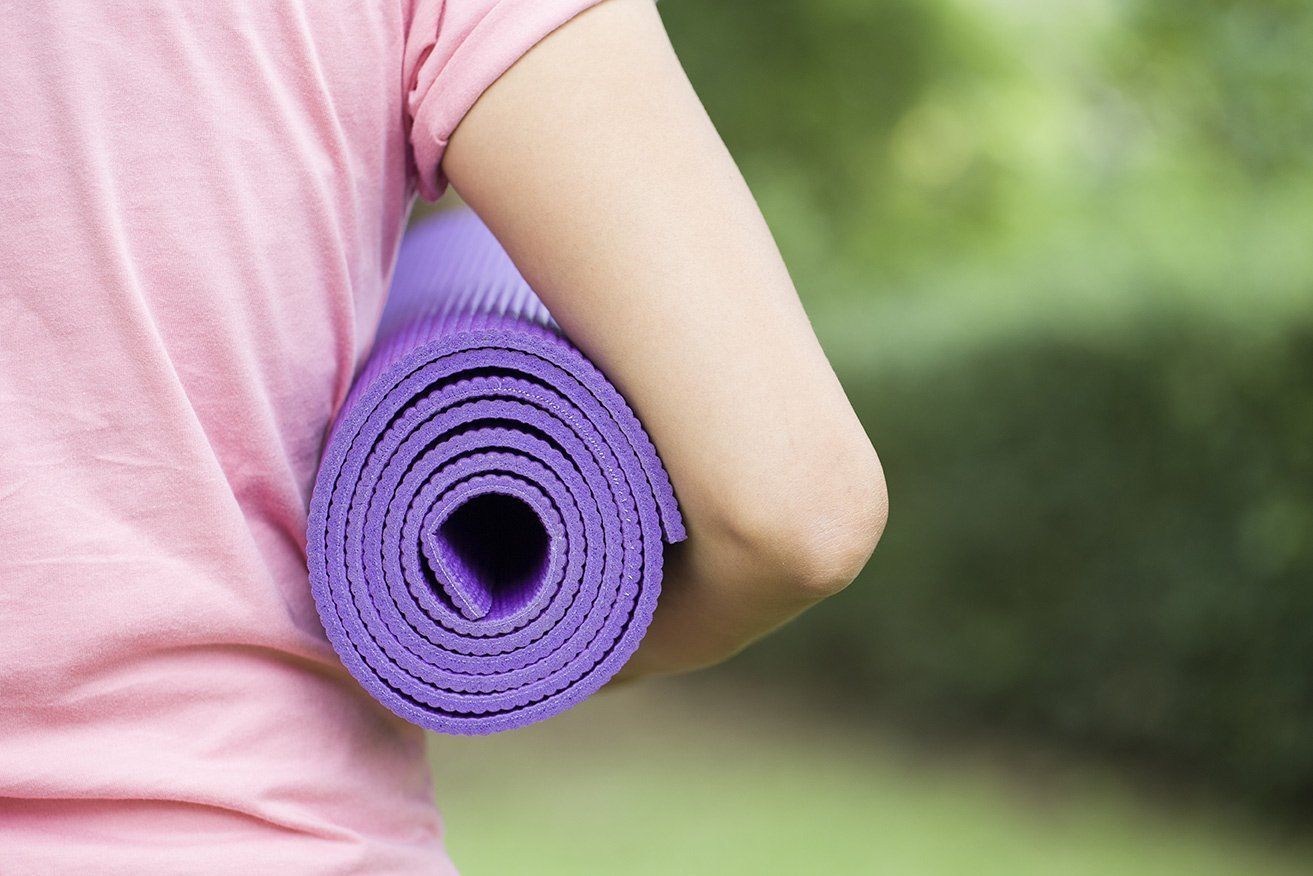Living Clean - Natural Cleaning Products
Andrea O'Callaghan • May 2, 2020
We are exposed to many chemicals in the environment, but the highest exposure is in the home. And what we have in our homes is in our control. No matter what health issue you may have, decreasing your chemical exposure will help improve symptoms. You don’t know how chemicals are affecting you until you remove them from your environment.
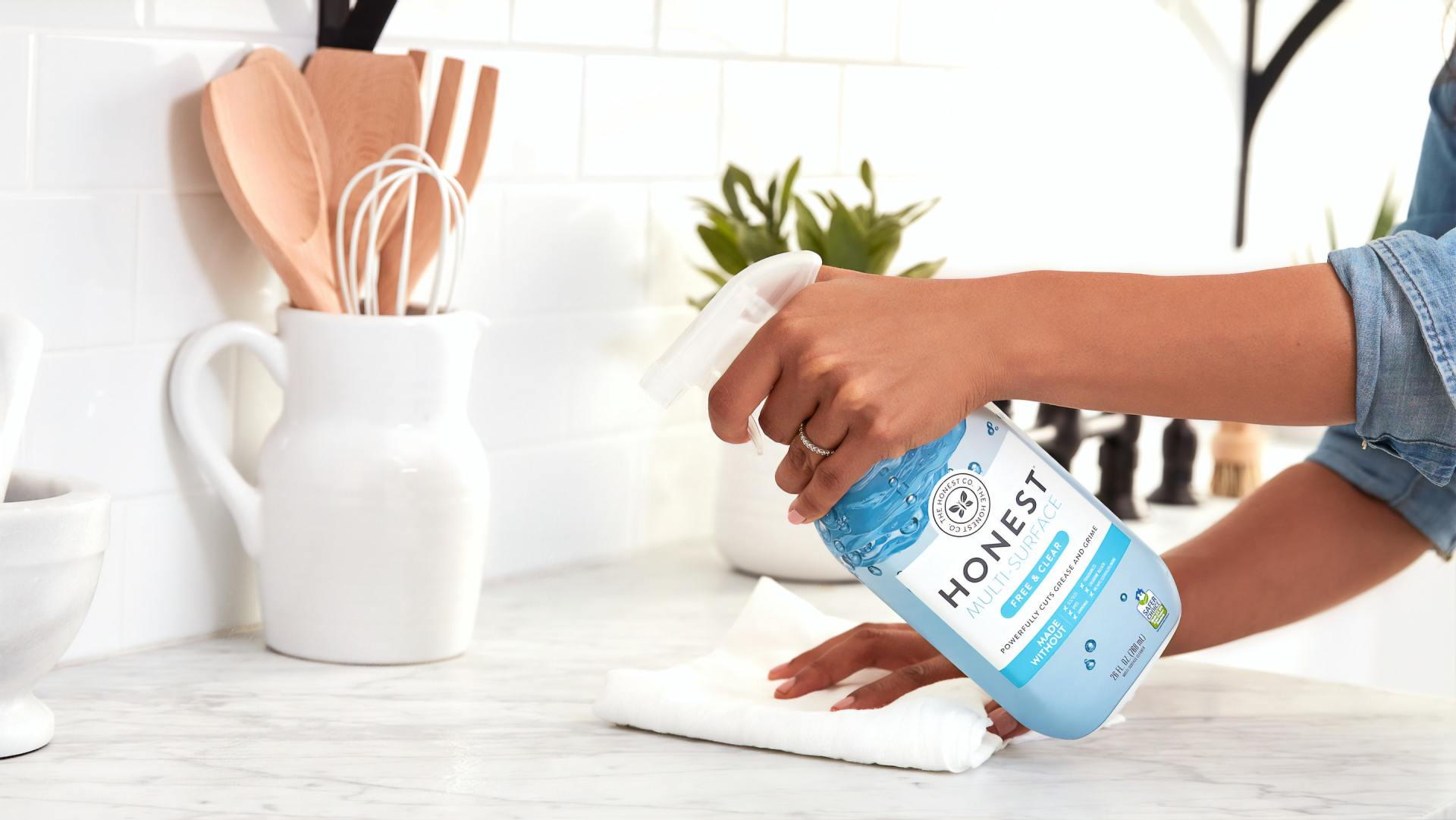
The good news is that you have the control, and there are many natural cleaning solutions that work as well as their chemical counterparts. You may think that you need the chemicals to have a clean home or clothes, but it’s not true. As you will see, there are many inexpensive options that will work for your home.
Let’s Talk About Bacteria
There is a lot of misinformation about bacteria swirling around. As a result, toxic cleaning products have become the norm. Not only are they not good for the environment, they are not good for our health. More importantly, the chemicals in these products are not necessary to have a clean home.
- Bacteria require moisture to survive.
- Bacteria that is present on any dry surface will die in three hours without moisture.
- Clean and dry surfaces do not support the growth of bacteria.
- Soap and water are sufficient to produce a clean surface.
- There are a number of natural antibacterial ingredients that can be used as needed such as vinegar, alcohol, and essential oils.
Keep These Handy in the Home
The following are the key products you need to always have on hand. They should cover all your needs.
Natural Soaps: Natural soap is made when fats and an alkalizing substance meet up in a process know as saponification. Natural soap should contain no artificial dyes, perfumes, or additives. It is beneficial for the skin and does not harm the environment. Many commercial detergents and soaps contain phosphates, which can be harmful to the environment. Synthetic chemicals and fragrances are added and may cause reactions or symptoms. We are all biochemically different, so it’s impossible for testing to truly determine how we might react.Looking for natural soaps is easier today, and there are many to be found in the health food store or online. Looking for an organic brand would be best. Castile soap is the cleanest. Dr Bronner’s makes soaps for all purposes. If you want to make your own soap: https://lovelygreens.com/natural-soapmaking-for-beginner.
Vinegar: If disinfecting is needed, vinegar is the best option. Keep a jug of white vinegar handy for this purpose. It can be added to a mixture of soap and water for washing floors and countertops. Generally, it’s not needed. The best example for using vinegar would be on a plastic cutting board as bacteria can hide in crevices. Vinegar, mixed with baking soda or washing soda, makes a great scrub for scouring all surfaces. It’s helpful for cleaning sinks, tubs, windows, and all other surfaces. TIP: To give white vinegar a nice smell, do this simple step: Place the vinegar in a jar with a lid. Add the peels of lemons, limes, oranges, or grapefruits - whatever you have after you have peeled or juiced any of these fruits. For example, if you’re doing lemon juice and water as part of your morning ritual, toss the rind into the vinegar jar after you squeeze out the juice. Mix other peels in as you have them. The jar should be at least 1/4 to 1/3 full of peels. The vinegar should sit with the citrus peels for two weeks before using.
Baking Soda: baking soda is a truly versatile product that can be used as a stain remover, air freshener, scrubbing agent, or cloth whitener. Mixed with an acid like vinegar or lemon juice, it can make a powerful cleanser. However, you will lose the scrubbing power and abrasiveness of the baking soda as it will be dissolved by the vinegar or lemon juice. Its cousin, washing soda, is another useful product that can be used in much the same way. Testing Baking Soda: It lasts a long time, but eventually it loses its power and benefits. A simple test is to mix some baking soda with some vinegar or lemon juice. It if fizzes, then it’s still good to go. If baking soda becomes hard like a rock, then it has also lost its benefits. TIP: Enzyme cleaners are the best for removing stains and odours, especially from pets.
Essential Oils: They are the most concentrated form of a plant extract, and as a result, a little goes a long way. Many are antimicrobial, but their biggest role is in adding amazing fragrances to all your DIY cleaning products. They are the best replacement for air fresheners. Choose whichever you like, such as lavender, tea tree oil, peppermint, lime, lemon, orange, or grapefruit. doTERRA is a great source for high quality oils (www.doterra.com)
Equipment: Microfibre dust cloth or mop, Spritzer bottle, Washcloth made from natural fibres (such as Mabu wood fibre cloth), Abrasive scrubbing sponge, Squeegee for windows and showers.
The Importance of Avoiding Commercial Cleaning Products
Commercial cleaning products contain many toxic synthetic chemicals. There’s an environmental consequence to the use of these products as they take many years to break down, so the pollution effect will be cumulative over time.
Synthetic chemicals are also harmful to our personal health in two ways:
1. Direct Irritation: They can act as hormone disrupters or cause changes at the cellular and DNA level. Many are considered carcinogenic, meaning they can be a factor in causing cancer. They have also been linked to stimulating inflammation, a factor for all health conditions.
2. Condition of your immune system: Many chemicals produce free radicals which damage healthy cells. If a damaged cell is not repaired by an antioxidant, it will replicate as a damaged cell. This is considered a factor for the development of degenerative disease and the aging process. Since we never know what is affecting us on an individual level, it’s best to avoid exposure to as many toxins as possible
Avoid These and More When Choosing Household Cleaners; Healthy Alternatives
Most manufacturers of cleaning products do not disclose all ingredients, so you may not always know what you are using. Anything with any kind of warning label contains toxic chemicals, even if the ingredients are not listed.
Here are just a few examples of synthetic chemicals used in cleaning products, along with some suggested alternatives.
Synthetic Chemicals with Associated Health Issues, Plus Alternatives
Ammonia: Bathroom cleaning products for fixtures, tubs and sinks, jewelry cleaners, and glass cleaners: Irritation of the respiratory tract. It is especially harmful for those with asthma and lung conditions. Alternative: Vodka, especially if looking for streak-free option. Toothpaste for polishing jewelry.
Chlorine Bleach: Scouring powders, toilet bowl cleaners, mildew removers, laundry whiteners, household tap water. Respiratory issues and thyroid issues. Alternative: Borax or oxygen bleach for bleaching (try Biokleen) , white vinegar for cleaning toilets, counters, floors if needing more antibacterial action. Soap and water are generally enough for general cleaning.
Butoxyethanol: Window, kitchen, and multipurpose cleaners. Sore throats, nercosis (death) of tissue, pulmonary edema, and liver and kidney damage. Alternatives: Vinegar and water can be used for window cleaners. Vodka can prevent streaks.
ADBAC (Alkyl Dimethyl Benzyl Ammonium Chloride)
Also known as Benzalkonium Chloride. Antibacterial liquid cleaning products and spray cleansers, hand wipes, hand creams, and anti-itch creams; also used as a pesticide as it is antimicrobial and kills bacteria and fungus. Development of drug-resistant bacteria. Use natural creams and add essential oils with antibacterial properties such as peppermint, lavender, tea tree oil, or citrus oils.
Triclosan: Most dish soaps and antibacterial hand soaps. Development of drug-resistant bacteria strains. Alternatives: Natural organic soaps. Vinegar and alcohol are antimicrobial and can be mixed with water in a spritzer bottle.
Phthalates:
Scented soaps, toilet paper, air fresheners; Often labelled as “fragrance." Hormone disrupter. Alternatives: Natural organic soaps are best.
For air fresheners, use a diffuser with essential oils – choose the one you like best or add to a spritzer bottle with some water.
Perchloroethylene or “PERC”: Spot removers, dry-cleaning solutions and carpet and upholstery cleaners. Neurotoxin and possible carcinogen. Alternatives: Use a “wet cleaner” that uses a water-based technology. Another new alternative uses a carbon dioxide- (CO2) based technology. Many clothes that say “dry clean only” can actually be washed in the washing machine or washed by hand.
Quarternary Ammonium Compounds, or “QUATS”: Fabric softener liquids and sheets, and household cleaners listed as “antibacterial.” Development of drug-resistant bacteria. Alternative: Vinegar can soften fabrics and reduce static when added to the rinse cycle.
Sodium Hydroxide: Oven cleaners and drain openers. Burns. Sore throat that lasts for days. Alternatives: Many ovens are self-cleaning. A combination of baking soda, vinegar, and water can lift grease if needed.
Other cleaning Alternatives:
Cleaning Scrub: Mix 1/4 cup of baking soda with one tablespoon of natural liquid soap and one tablespoon of vinegar. Rinse with water after scrubbing the surface. This is great for surfaces in bathrooms and kitchens. Floors and Counters: Use natural organic liquid soap with essential oils of choice. Citrus essential oils provide a nice clean aroma. Use a metal scraper on the floor or counter to lift anything that may be stuck on the surface. Sweep the floor or wipe the counter. If needed, then wash with baking soda or washing soda mixed with sea salt and a little water and use as a scrub.
Oven Cleaner: Turn the oven up to 500 degrees F and leave on for 1 to 2 hours if there is baked-on greasy residue that needs to burn off. Place a dish of water in the oven on high heat and let it steam the inside of the oven. Let the oven cool and scrub with equal parts of baking soda, vinegar, and sea salt.
Mold and Mildew: For every cup of water, mix in 1/8 to 1/4 tsp of lavender and 1/8 to 1/4 tsp of grapefruit seed essential oils. Tea tree oil can also be used. Spray the surface where mold is occurring and let it sit to break it up. Spray to wipe down as needed.
Dusting: A damp cloth can be used but be sure to dry any wood surfaces. A microfiber cloth is the best for dusting as it grabs the dust and holds it to the cloth.
Sink Cleanser: Sprinkle baking soda in the sink along with several drops of an essential oil such as lavender, lemon, lime, orange, rosemary, or grapefruit. Use a spritzer bottle to squirt vinegar on the baking soda and let it bubble. Scrub and rinse with hot water.
Carpet Cleaning: Rent a steam cleaning machine or hire a professional steam cleaning company and ask them not to use any chemicals. To clean a spot or area of high traffic (which always gets dirtier than other areas), mix 3 cups of water, 3/4 of a cup of natural liquid soap (vegetable-based), and 10 drops of essential oil such as grapefruit or lavender. Sponge and scrub the area, let it dry, and then vacuum.
Spot Remover: Soak in washing soda that has been dissolved in water. Ecover makes an environmentally-friendly spot remover.
Drain Cleaners: Mix 1/2 cup of baking soda or washing soda and 1/2 cup of vinegar to help break up grease in the drain. Doing this weekly can help prevent clogs. This can also be used with a clog, but a home drain snake will be needed (available on Amazon). Snaking the drain does not require a plumber unless the clog is deep in the pipes, which is not usually the case. A home drain snake does not require any pipes to be dismantled – they fit in the drain in the sink.
Window cleaner: Mix 1 1/2 cups of water, 1/2 cup of vinegar and 1/2 cup of 80-proof vodka together and put in a spritzer bottle.
Toilet cleaner: Add 1/2 cup of baking soda to the toilet and scrub. Or add 1 cup of vinegar and let it sit overnight and then scrub.
Lime deposits: Mix 2 parts of sea salt with 1-part vinegar and use on the surfaces that have lime buildup.
Healthy Solutions for Washing and Drying Clothes
There are natural laundry soaps that you can buy. Look at your local health store for options.
Soap nuts - a dried fruit of the Chinese soapberry tree. Put them in a cotton bag with a draw string and add to the wash. They’re reusable. Look for them online or at the health food store.
Washing Soda - Helps remove spots and can be added to the washing machine. It’s made from sodium carbonate, as opposed to sodium bicarbonate, which is baking soda. It can be purchased in the store. This can also be made from baking soda. Place two cups of baking soda on a clean baking sheet. Bake for an hour at 400 degrees F. Stir and then bake for another hour. Let cool and store in an airtight container.
Natural Fabric Softener - Add 1/2 cup of vinegar to the rinse cycle to soften the fabric or just toss it into the dryer to remove static. The clothes will not smell like vinegar. Hanging clothes made from synthetic fibres to dry can reduce the static of the remaining clothes in the dryer. Wool dryer balls are another option and are available online. You may need to use several depending on the amount of clothes in the dryer.
Dry Cleaning Solution - Dry cleaning involves the use of the chemical solvent perchloroethylene or “PERC.” It is known as a neurotoxin and is possibly carcinogenic. Symptoms of exposure can include dizziness, loss of co-ordination, migraines and asthma attacks.
To avoid the use of toxic chemicals like PERC, take clothes that say “dry clean only” to a “wet cleaner.” They use a water-based technology instead of chemical solvents. Liquid carbon dioxide has been recently approved as a more environmentally-friendly option.
Resources:
Environmental Working Group has a complete guide to 2500 products that have been rated “safe.”
• Click here to learn more: Environmental Working Group’s Guide to Healthy Cleaning Products (https://www.ewg.org/guides/cleaners/)
For more ideas for DIY cleaning products, check out these books:
• Green Interior Design by Lori Dennis
• Super Natural Home by Beth Greer
• The Naturally Clean Home By Karyn Siegel-Maier
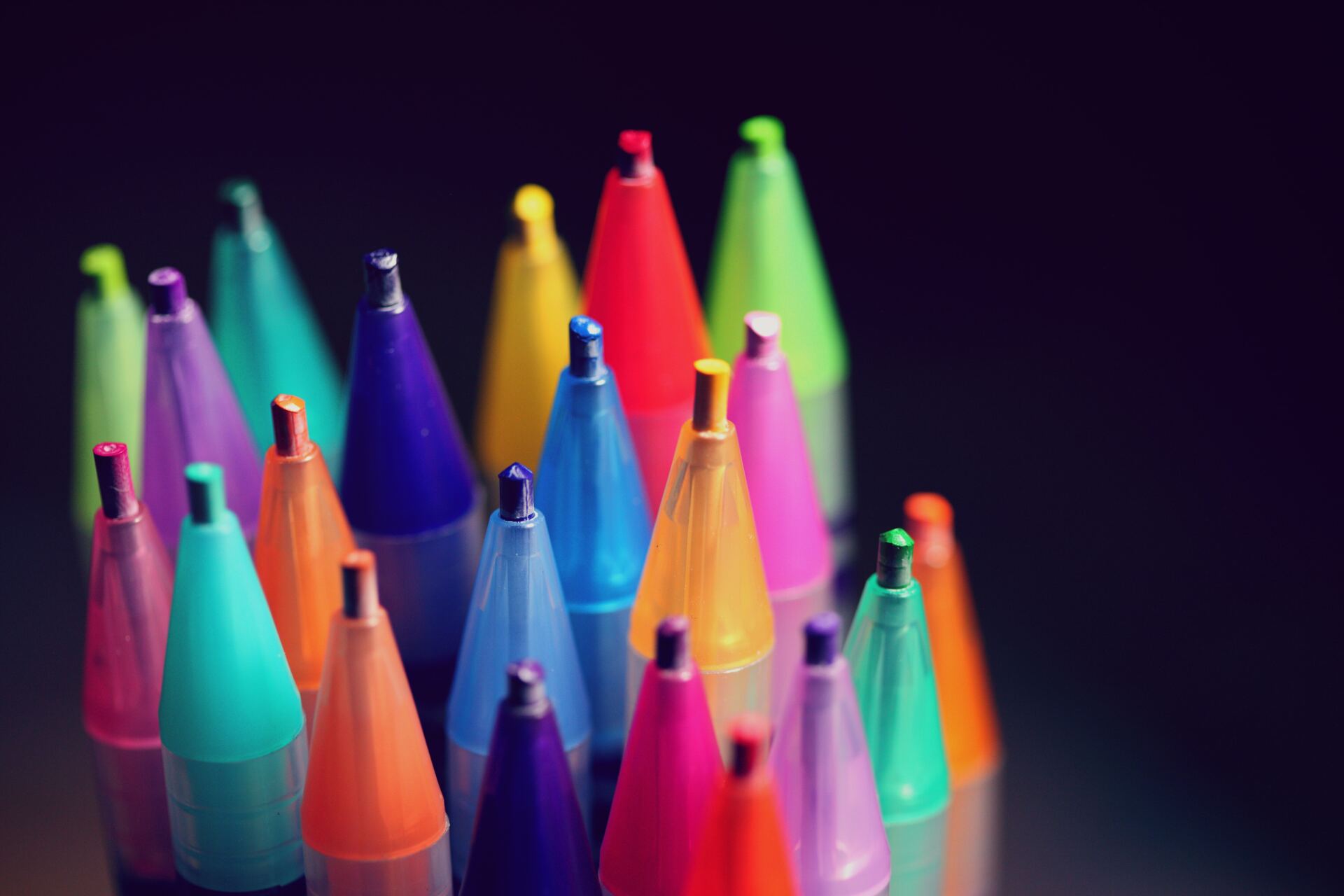
The formula is simple: Diverse diet = Diverse microbes = Good health . That is all we have to do help improve our gut health. The problem is we do not have a diverse diet. I remember when I used to eat the same thing for breakfast EVERY DAY when I was in high school, for example (we won't dwell too long on the fact that it was cinnamon sugar toast) . Even as I got more health conscious and upgraded my breakfasts to include smoothies, I would make a smoothie every morning! Definitely an improvement over cinnamon sugar toast, but the same thing every day is not ideal, either. This is not just about a processed diet vs whole food diet. Yes, a processed food diet is bad for our good microb es, but a whole food diet that is not diverse can also be problematic for the diversity of our gut. Most of us consume no more than 15 different foods in a week. This is not diversity, even if we hit all the food groups. Then there are those who choose to el iminate food groups such as grains and legumes. T his is taking out a range of substantial foods that will feed many beneficial bacterial species. And believe it or not, there are still people – adult people – who refuse to eat vegetables, and they are prou d of it. Again, vegetables represent all kinds of foods that will feed a lot of different species. This is just basic diversity, and it gets more complicated. So not only do we all need to be more adventurous and try to eat different foods, we need to eat d ifferent varieties of the same food. This is one of biggest changes we have had in our diets that make us different from our ancestors. They ate a greater variety of foods than we eat today, and they grew different varieties of the same food. This was g ood for the soil, it helped protect them against potential crop loss, and it increased the nutrients available to them in their diet. J ust like with money, it is important to diversify. Today, agriculture does not function that way. Farmers grow few crop types, and seldo m do they grow more than one variety of the same crop. There are over 6000 varieties of tomatoes – each one has different properties and a different nutrient composition!! We are missing out on a lot. And while we cannot possibly consume 6000 different vari eties, we can expand our repertoire, especially in the summer, and seek out as many varieties as we can find. Heirloom varieties are something I get really excited about when it comes to growing things in my own garden. So while researchers continue to unravel the mystery of our gut and figure out what we should feed it, specifically for specific benefits, we can d o more to increase the diversity and build a stronger gut by eating new foods. This week, buy three new foods you do not eat regularly. They can be foods you have never had or foods you like but for some reason never buy. Here are a few things you can do t o diversify: Buy yellow or rainbow beets instead of red beets. Choose purple or white carrots instead of orange. Look for heritage varieties and buy them when you find them. Go to farmer’s markets and talk to the local farmers. Generally, these are the farmers who still grow a variety of crops. Let them know you are interested in trying different varieties of tomatoes or potatoes etc. Shop at ethnic stores and look for new grains and legumes. Go to ethnic restaurants - this way someone else can prepare the foods for you. Think of the fun and adventure you can have – you and your microbes will be happier!! Reference: Mark L. Heiman, Frank L. Green way. A healthy gastrointestinal microbiome is dependent on dietary diversity. Molecular Metabolism, 2016; DOI: 10.1016/j.molmet.2016.02.005
